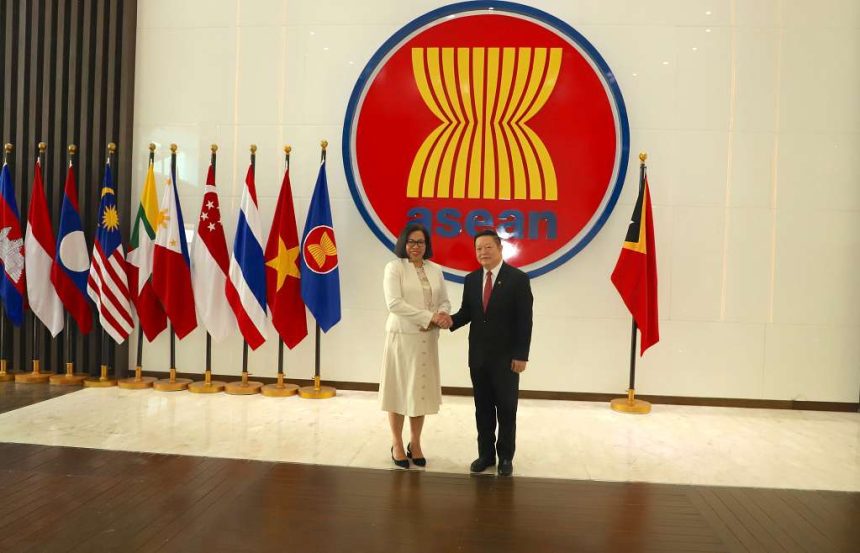As the Association of Southeast Asian Nations (ASEAN) prepares for its upcoming summit in Kuala Lumpur later this month, the bloc finds itself at a critical juncture, striving to maintain unity and strategic autonomy amidst intensifying U.S.-China rivalries.
The Tightrope of Neutrality
ASEAN’s foundational principle of neutrality is increasingly tested as both the United States and China vie for influence in the region. China’s expansive Belt and Road Initiative (BRI) offers substantial infrastructure investments, while the U.S. emphasizes security partnerships and economic agreements. This duality places ASEAN in a delicate position, attempting to reap benefits from both without alienating either superpower.
Internal Divergences and Unity Challenges
While ASEAN strives for a cohesive front, internal differences among member states complicate consensus-building. Diverse political systems, economic priorities, and varying degrees of alignment with external powers lead to fragmented responses to regional issues. For instance, disputes in the South China Sea have seen differing stances, with some members advocating for a firmer approach against China’s claims, while others prefer a more conciliatory path .
Economic Interdependence and Strategic Choices
China stands as ASEAN’s largest trading partner, with bilateral trade reaching significant levels in recent years. Simultaneously, the U.S. remains a major source of foreign direct investment and a key security ally for several ASEAN nations. This economic interdependence necessitates a careful balancing act, where ASEAN countries seek to diversify partnerships to avoid over-reliance on a single power .
The Path Forward: Strengthening Regional Cohesion
To navigate these complex dynamics, ASEAN aims to bolster internal cohesion through initiatives like the Regional Comprehensive Economic Partnership (RCEP) and the ASEAN Free Trade Area (AFTA). These frameworks are designed to enhance intra-regional trade and reduce susceptibility to external economic pressures. Moreover, ASEAN continues to advocate for a rules-based international order and peaceful resolution of disputes, reinforcing its centrality in regional architecture.
As global power shifts continue to evolve, ASEAN’s ability to maintain unity and strategic autonomy will be pivotal in shaping the future of Southeast Asia. The upcoming summit presents an opportunity for member states to reaffirm their commitment to collective resilience and balanced engagement with external partners.










